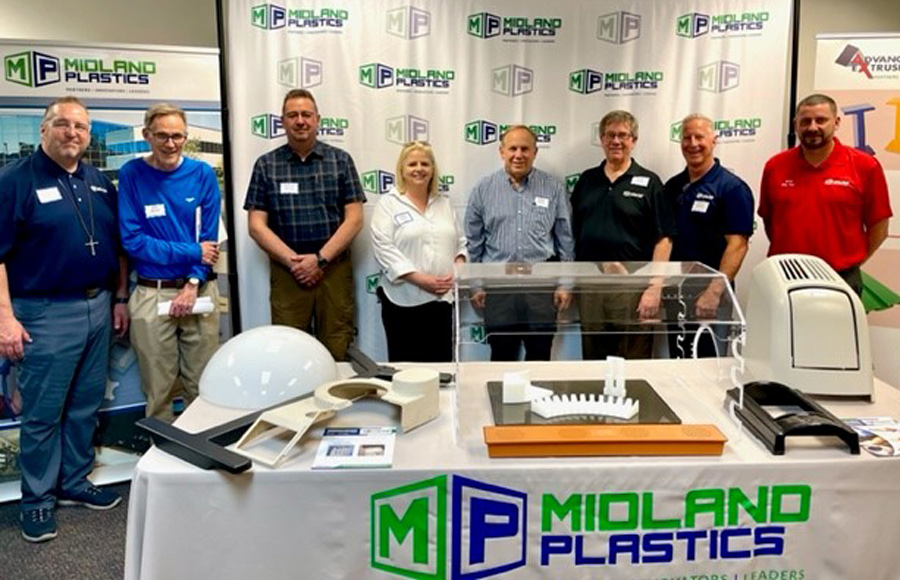Publisher’sPerspective
CELEBRATING FABRICATION AND INNOVATION IN IAPD
IAPD CEO
History of Fabricators in IAPD
remember when I first joined IAPD in 2006, the word “fabricator” brought out a host of emotions from many of our members. The question of whether IAPD would allow fabricators into the membership and how I would resolve that issue was posed to me during the interview phase of my hiring as CEO. This very question plagued the IAPD membership and Board of Directors for over 20 years and it was one of the very first things I was directed to solve. They wanted my answer before I had even been offered the position.
It wasn’t long after I started in my role as CEO of IAPD that I learned the big secret of that time: Many of our distributors also fabricated as a substantial part of their business mix. For many, they either couldn’t remain profitable doing only wholesale distribution, or the opportunities that they found in adding fabrication services — beyond the traditional value-add — to serve their customers just made sense.

June 2022 Small Distributor Roundtable hosted by Midland Plastics, Inc.
In the years following, IAPD’s Membership Committee created a Fabricator Membership category for those companies whose business is derived from at least 51% in fabrication services (bending, gluing, welding, routing, assembly, forming, milling, turning, slitting, sheeting, laminating, etc. on plastics materials). There was a lot of fear at first about hordes of fabricators joining IAPD and bypassing distribution to buy direct from manufacturers. Of course, that didn’t happen. But more importantly, the decision was made to create the membership category because one of our most important strategic pillars has been, and will always be, promoting distribution as the way to market — To manufacturers, we promote selling through distribution and, to fabricators, we promote buying from distribution.
Innovation and Differentiation
As part of one of IAPD’s best programs, the Small Distributors’ Roundtables, twice a year IAPD small distributors (distributors with US$49.9 million and under in sales) convene at a host distributor location. They have a tour, reception, day-long meeting and a dinner. The hosts of these events range from a single location distributor to a multibranch distributor. It is fascinating to see the different business models of IAPD members, but they all share similar traits:
- Owner/operated
- Market differentiation/niche
- Highly innovative
- Sophisticated fabrication capabilities
- Investment in equipment, safety, personnel and training
- Loyalty to their manufacturing partners
- Willingness to learn new things
For years I heard anecdotal comments from some that small distributors can’t compete with the larger forces, or that these businesses are simply “lifestyle businesses.”
Through the many facility tours and small distributor roundtable conversations I have experienced, the above perceptions could not be further from the truth. These small companies are not “struggling businesses.” They are innovators, entrepreneurs, passionate, smart, profitable and successful. What I have witnessed and experienced proved our small distributors are anything but struggling.
I hope as you read these articles, that you remember the companies behind these processes and designing these applications. Whether they call themselves a distributor or fabricator, or they are a small, medium or large company, it takes innovation and experience to master the art of fabrication.
I am proud of IAPD for finally took the leap 18 years ago to embrace and recognize both fabrication and fabricators in its membership. We have come a long way.